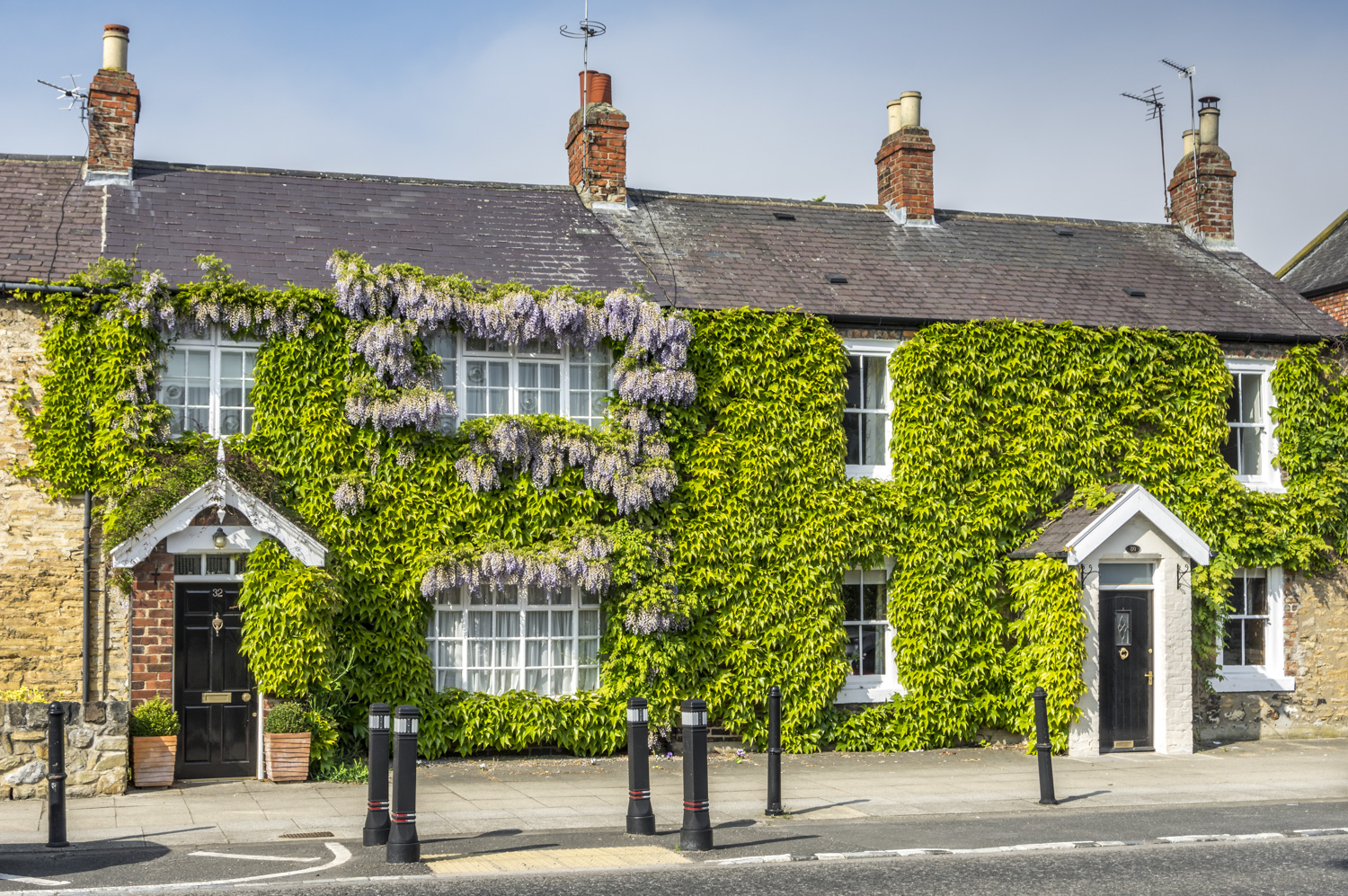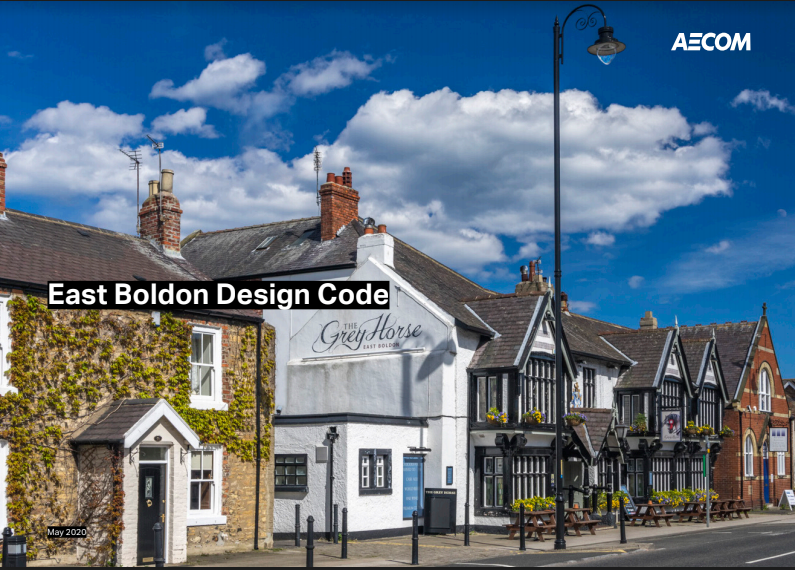EB4: Heritage Assets
Where a development may impact on a heritage asset, applicants should provide information within a heritage statement, that describes the significance of any heritage assets affected by the proposed development, including any contribution made by their setting. The assessment of significance should be informed by relevant information including the East Boldon Community Character Statement, East Boldon Conservation Area Character Appraisal and Management Plan and the East Boldon Design Code.
Development within or affecting the setting of the East Boldon Conservation Area will be supported where it preserves or enhances the character or appearance of the conservation area and its setting. Development will be supported where it:
a. Preserves or enhances the special character and distinctiveness of the conservation area; and
b. Pays special attention to the quality of the historic architecture and village character of the area in its design, use of materials, detailing and finishes, boundary treatment nd use of hard and soft landscaping.
The following are key considerations when assessing the impact of development on the character or appearance of the conservation area and its setting:
c. The impact on significant views of and from the conservation area shown on Map 2 in Annex 3’;
d. Reflecting the locally distinctive architectural characteristics, vernacular building forms and materials
e. Respecting the prevailing density and grain of the area;
f. Preserving or enhancing the street scene, ensuring new development reduces in scale from its historic core;
g. Maintaining the spacious character of the area by protecting open space, including gardens and trees from unsympathetic development;
h. Respecting the linear nature of the development, historic building lines and plot sizes, particularly on Front Street and Station Road;
i. Traditional features, such as shop fronts, should be retained wherever possible; and
j. Boundary treatments, including garden walls and retaining walls should reflect locally distinctive forms and materials.

